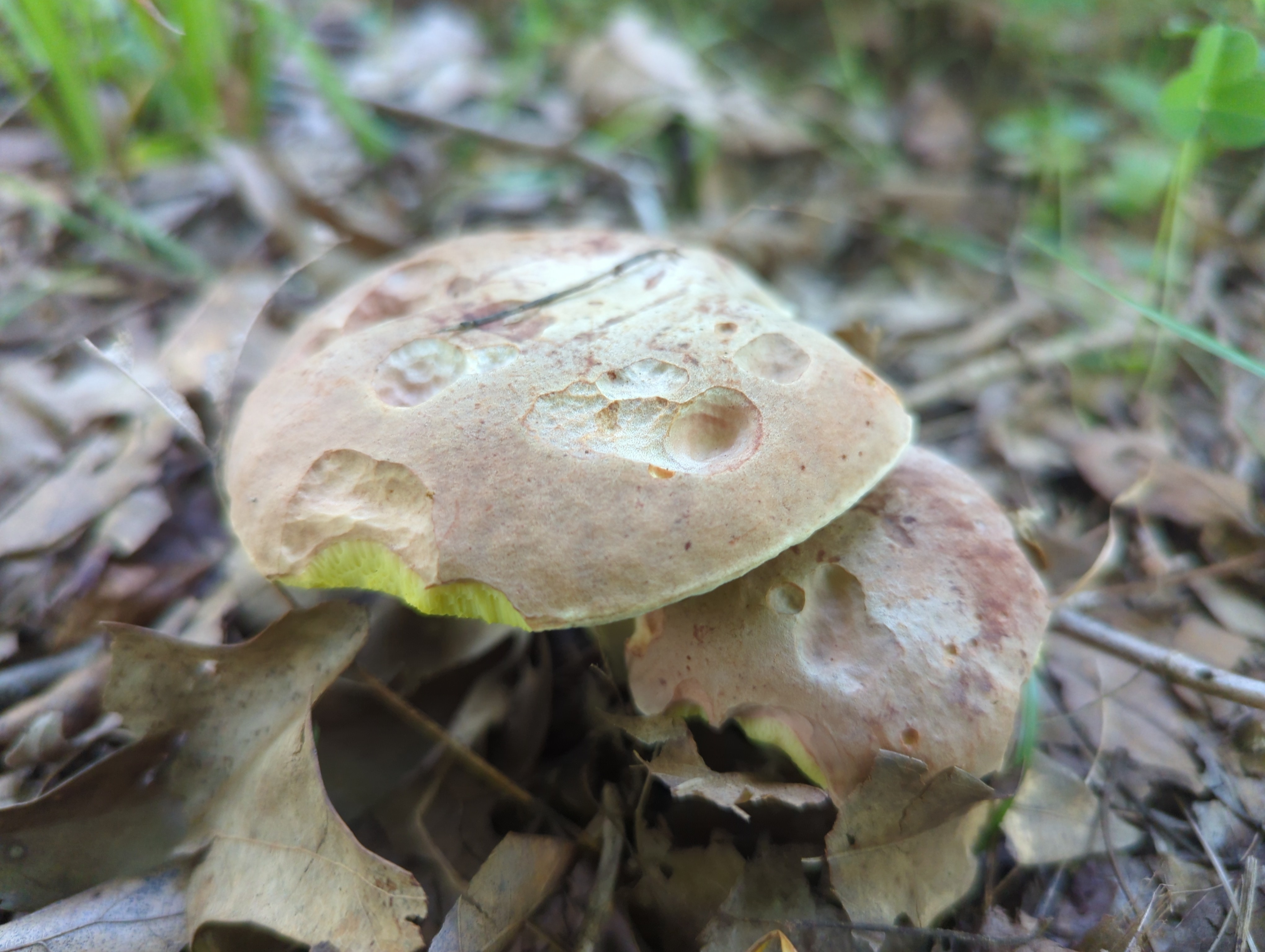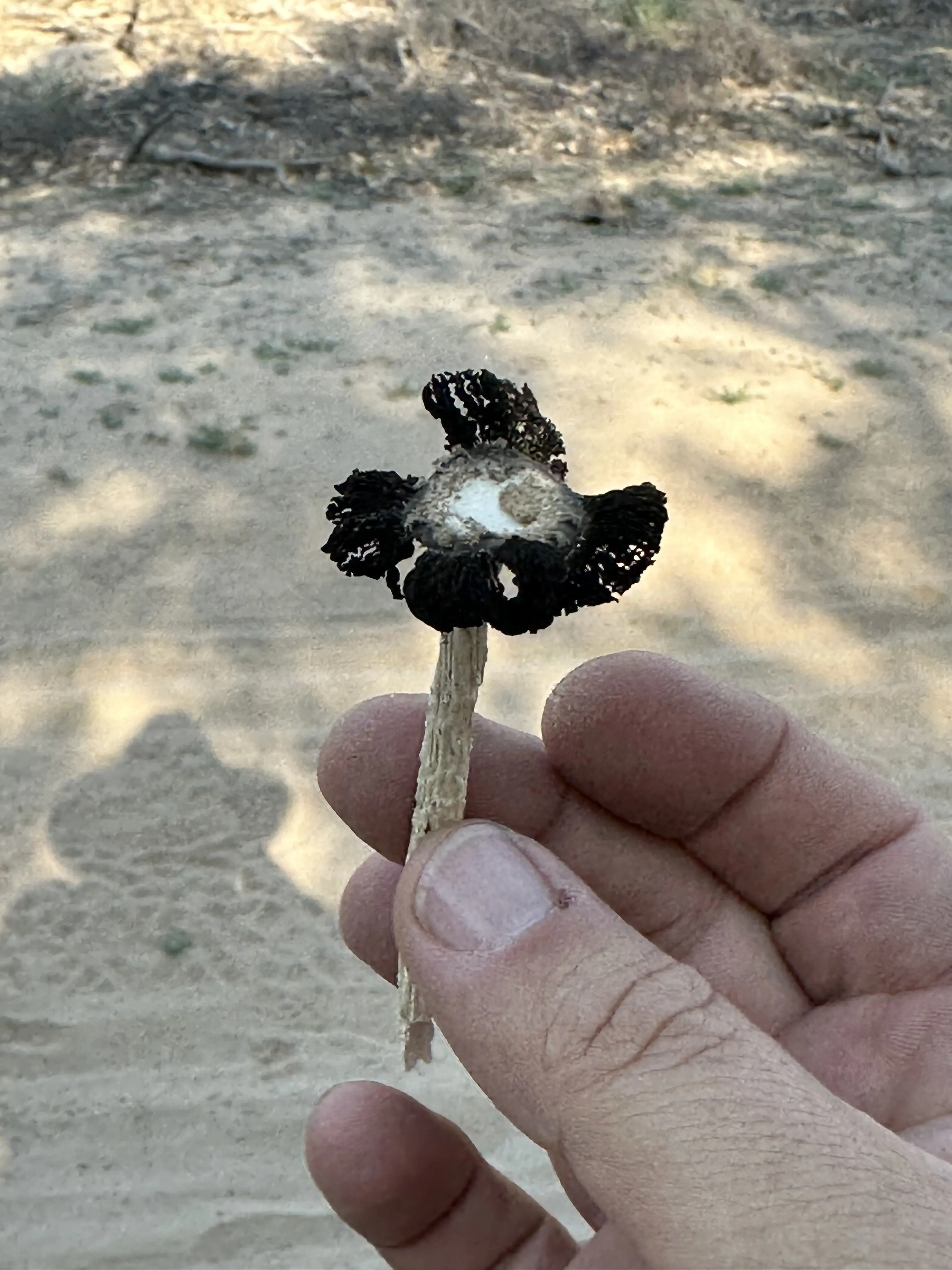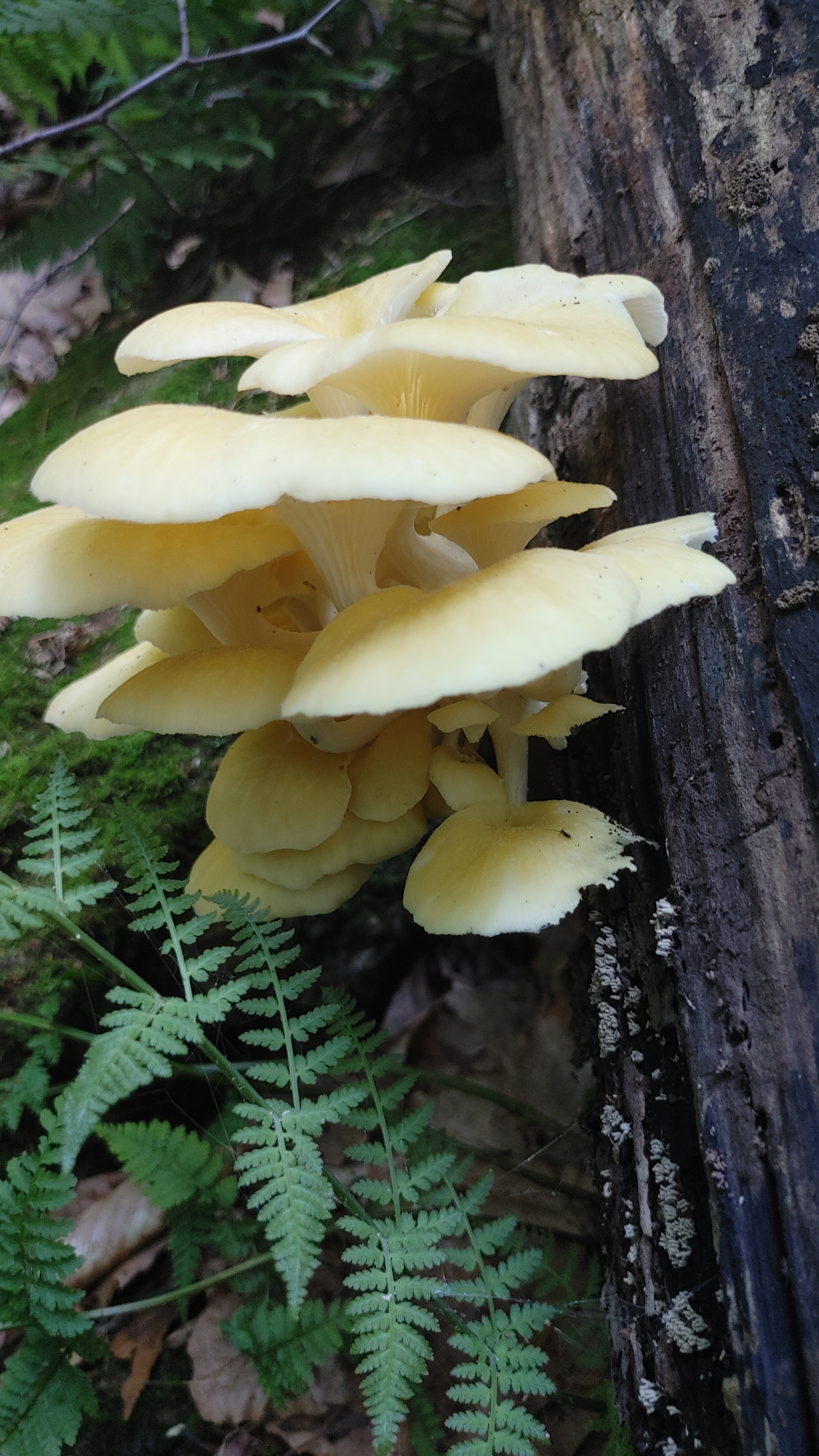Mycology
4439 readers
8 users here now
founded 3 years ago
MODERATORS
26
27
28
29
30
31
32
33
34
35
36
37
38
39
40
41
42
43
44
45
46
47
48
49
50










































